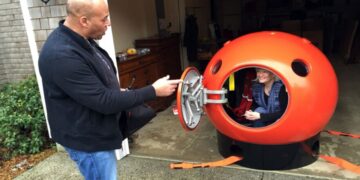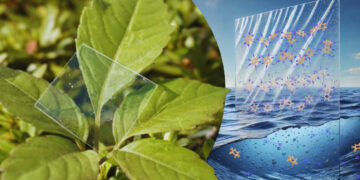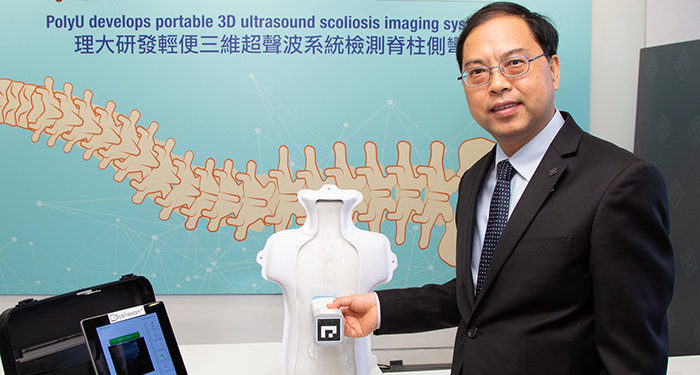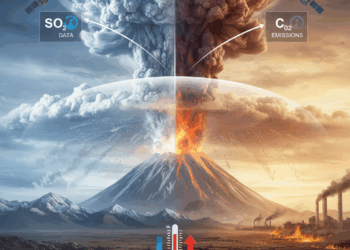“Scolioscan Air” is the new portable imaging system that enables large-scale monitoring of scoliosis. It can be used in schools as well as in youth gathering places, this system is radiation-free, safe and economical. The project is by the Hong Kong Polytechnic.
Scoliosis is known to be one of the most common back diseases affecting adolescents. In China, specifically in Hong Kong, research has shown that between 3% and 5% of children are affected by scoliosis. A subsequent study has shown, however, that the percentage increases to almost 14%. However, some young people are forced to undergo surgery because of the advanced state of the disease. Early diagnosis is therefore crucial. At present, radiography is the standard for accurate diagnosis, but radiation can cause many problems. In this moment, Scoliosis can be precisely prevented. Let’s see how.
Scoliosis Scan technology
At a conference on May 2, Mr MEeng Qiang, Mr Derek YangDe, Mr Joseph Hui Chi-ho, and Mr Henry Wong Yiu-hang presented the results of their research. Not only that, they said they had developed a portable imaging system for the correct diagnosis of the disease. In fact, according to experts, the system can lead to a safe, reliable and even early mass diagnosis. At the last Invention Exhibition in Geneva, the project received the gold medal with congratulations from the jury.
The project was launched in 2016, but the large size of the system prevented its widespread deployment. At least until 2019, when researchers from the PolyU’s Department of BioMedics carried out a scan weighing only 5kg. Thus, Scoliosis Scan is a very reliable technology, providing images from any angle, producing a reconstruction of a spinal model in 3D. In summary, the Scoliosis scan technology guarantees:
- Reliability, accuracy and correctness of diagnosis
- Real-time evaluation
- Scan Portability
- 3D reconstruction
The Hong Kong Polytechnic has applied for a patent to hold the exclusive property rights.
Discover other great inventions. Download your digital copy by clicking here.


































